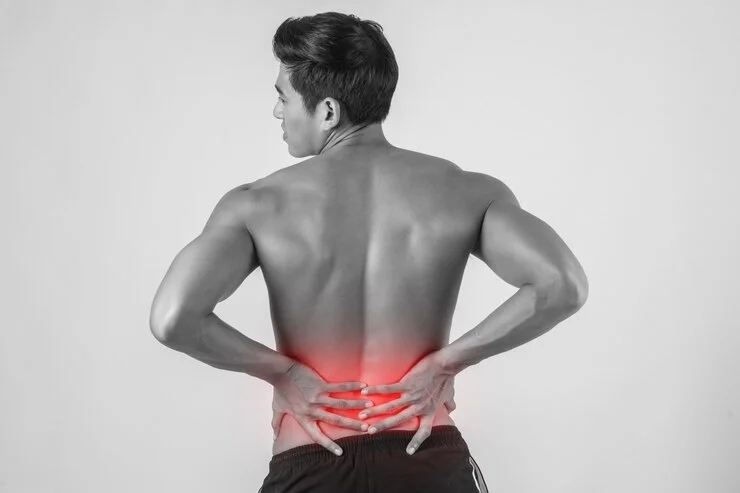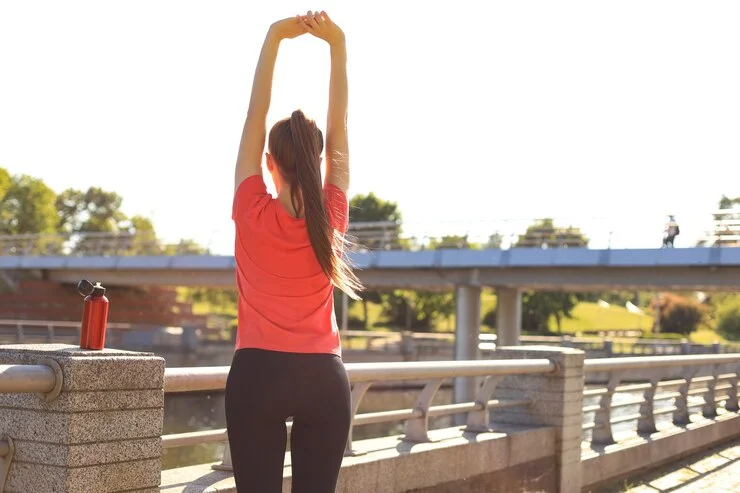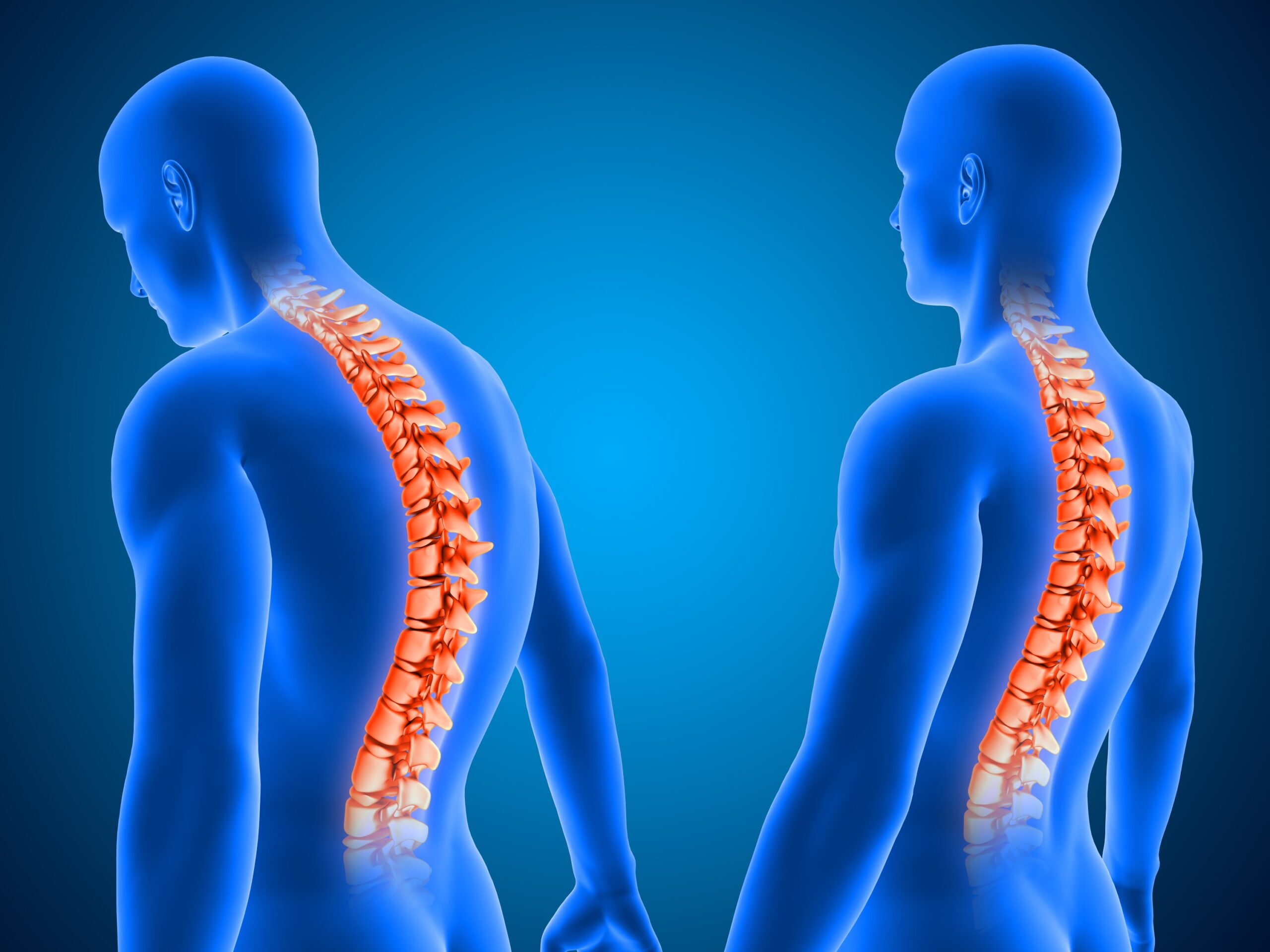Lumbar spondylosis, also known as spinal arthritis, is a degenerative condition of the lumbar spine that affects many people worldwide. The condition can cause lower back pain, stiffness, and other symptoms that can significantly impact a person’s quality of life. While medical treatment is sometimes necessary, Ayurveda offers lifestyle changes that can help manage lumbar spondylosis.
Ayurveda, a traditional Indian system of medicine, emphasizes the importance of a healthy lifestyle and natural remedies to maintain optimal health.

Causes of Lumbar Spondylosis
The exact cause of lumbar spondylosis is not fully understood, but some factors that may contribute to its development include:
1. Aging: As people age, the discs in their spine lose water content and become less flexible, leading to wear and tear on the spinal joints and the development of spondylosis.
2. Genetics: There may be a genetic component to the development of spondylosis, as it tends to run in families.
3. Poor posture: Poor posture, especially over a long period of time, can put stress on the spine and contribute to the development of spondylosis.
4. Injuries: Injuries to the spine, such as fractures or dislocations, can increase the risk of developing spondylosis later in life.
5. Repetitive stress: Repetitive stress on the spine, such as that experienced by athletes or those with physically demanding jobs, can contribute to the development of spondylosis.
6. Obesity: Being overweight or obese can put extra stress on the spine and increase the risk of developing spondylosis.
7. Smoking: Smoking can impair blood flow to the spinal discs, which can accelerate the degenerative process and increase the risk of spondylosis.
An Effective Management Strategy :
1. Daily Exercise: Regular exercise is crucial for managing lumbar spondylosis. Ayurveda recommends gentle exercises such as yoga, walking, and swimming to improve flexibility, strength, and mobility. It is important to consult with a healthcare professional before starting any exercise program.

2. Proper Posture: Poor posture can put undue stress on the spine and worsen lumbar spondylosis. Ayurveda recommends maintaining a proper posture while sitting, standing, and walking. One can use a lumbar support pillow while sitting to maintain the natural curvature of the spine.
3. Healthy Diet: A balanced and healthy diet is essential for maintaining good health. Ayurveda recommends eating a diet rich in fresh fruits, vegetables, whole grains, and lean proteins. One should avoid processed and fried foods, as they can contribute to inflammation and worsen the symptoms of lumbar spondylosis.
4. Ayurvedic Massage: Ayurvedic massage or Abhyanga can help relieve muscle tension and improve circulation in the affected area. A warm oil massage using Ayurvedic oils such as sesame or coconut oil can help reduce pain and stiffness.
5. Adequate Rest: Getting enough rest is crucial for managing lumbar spondylosis. Ayurveda recommends getting adequate sleep and taking breaks throughout the day to avoid overexertion.
6. Meditation and Breathing Exercises: Stress can worsen the symptoms of lumbar spondylosis. Ayurveda recommends practicing meditation and breathing exercises to reduce stress and promote relaxation. One can also try aromatherapy using essential oils such as lavender, peppermint, or eucalyptus to promote relaxation.
Ayurvedic lifestyle changes can help manage lumbar spondylosis and improve overall health and well-being. However, it is essential to seek medical advice before beginning a new treatment or exercise program. With a holistic approach that includes healthy lifestyle changes, individuals can effectively manage lumbar spondylosis and improve their quality of life.
Get effective Ayurvedic Treatment for Lumbar Spondylosis at Raha Ayurveda. Contact us for more information !

Leave a Reply